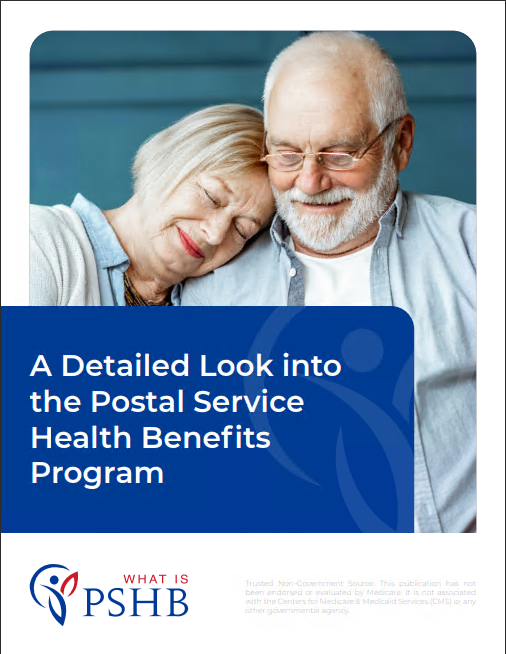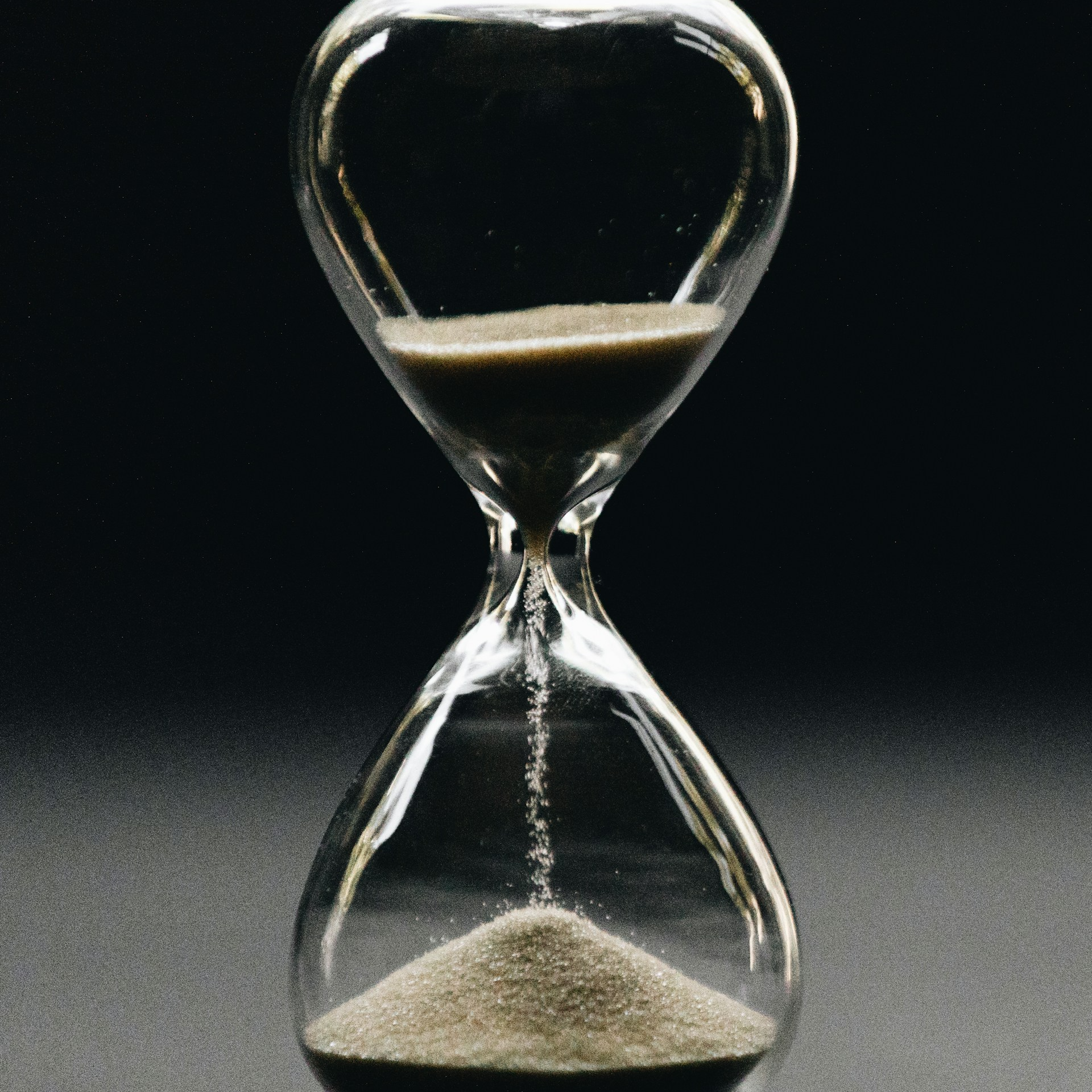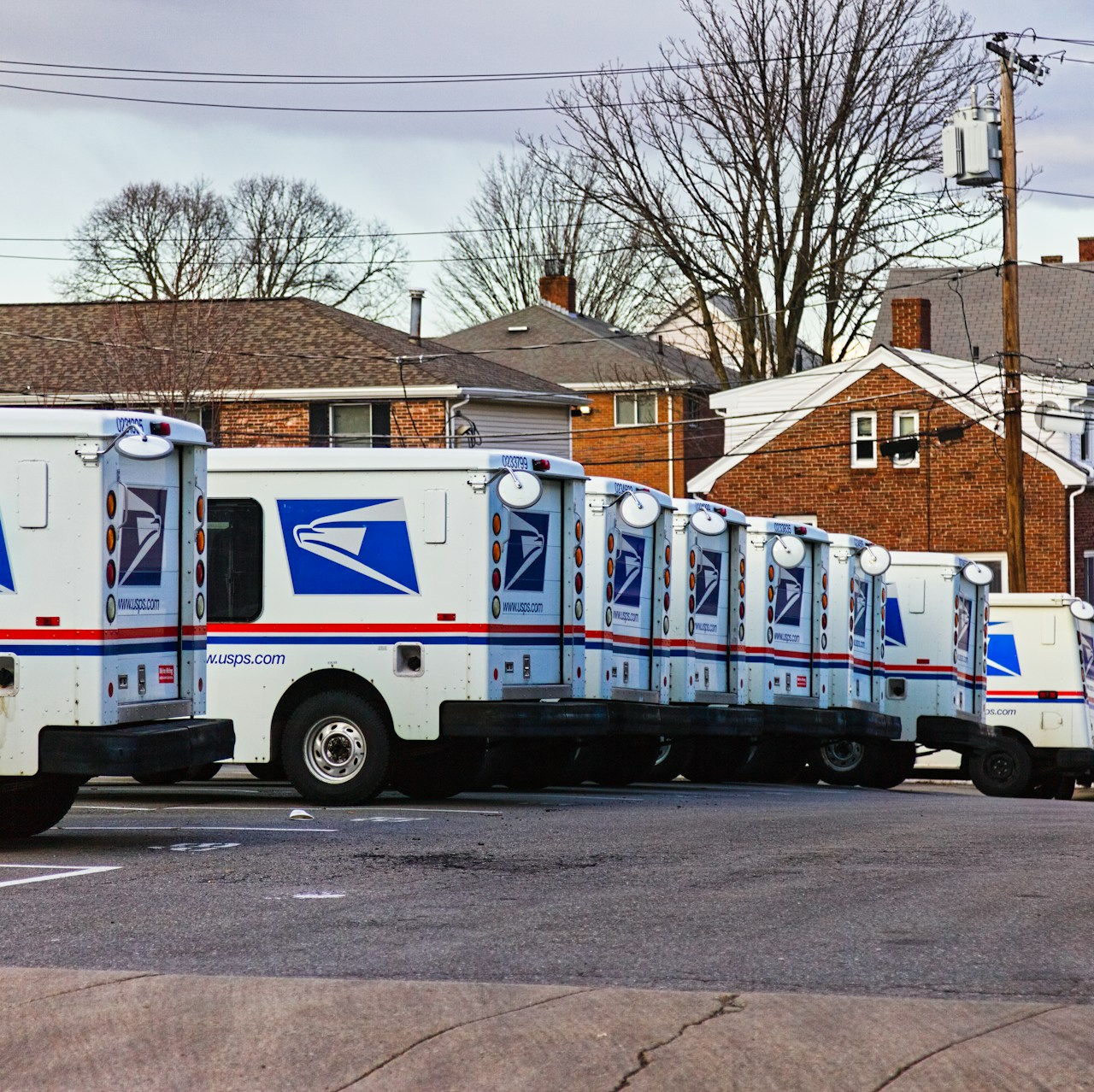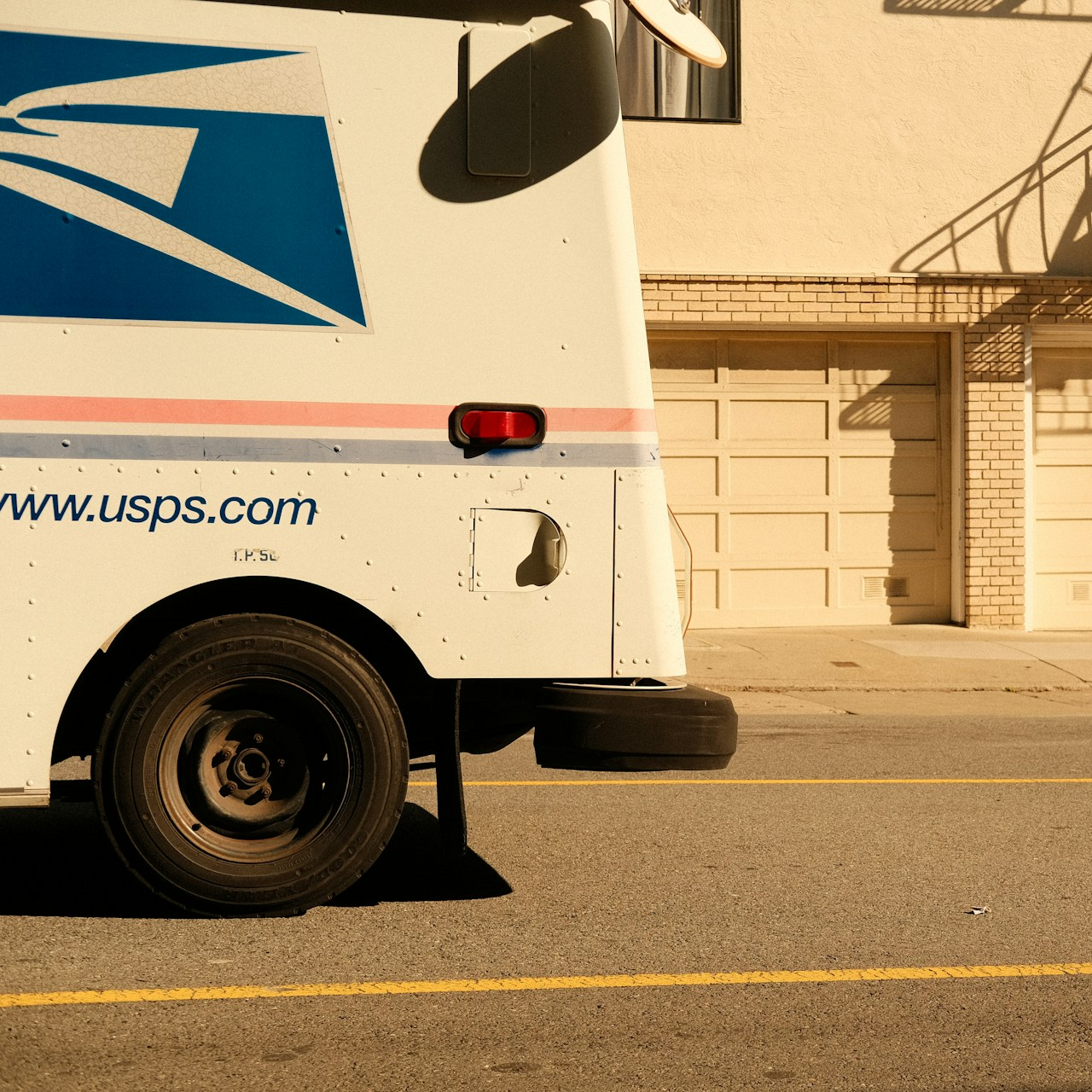Key Takeaways
-
If you were born before 1961, some of the newer Medicare rules in 2025 may not apply to you—or you may be eligible for exceptions that offer more flexibility and fewer requirements.
-
For USPS retirees and employees nearing Medicare age, understanding these distinctions can help you avoid unnecessary costs and preserve your Postal Service Health Benefits (PSHB) coverage.
Understanding the Age Cutoff That Matters
2025 marks a major shift for Medicare-eligible USPS retirees. If you were born before 1961, you’re turning 64 or older this year. That’s significant because several of the new Medicare coordination rules—especially those tied to the Postal Service Health Benefits (PSHB) Program—impact individuals based on their age as of January 1, 2025.
The cutoff age is not arbitrary. It’s tied to legislation governing how the PSHB program works alongside Medicare Part B. USPS retirees who are already Medicare-eligible or close to eligibility can be treated differently from younger peers.
The PSHB Program and Medicare in 2025
Starting in 2025, USPS retirees and their eligible family members must enroll in a PSHB plan to maintain health coverage. PSHB replaces the Federal Employees Health Benefits (FEHB) Program for Postal Service workers and annuitants.
Here’s where Medicare comes in:
-
If you are Medicare-eligible, you generally must enroll in Medicare Part B to stay on your PSHB plan.
-
However, there are important exceptions if you meet certain conditions—especially those related to age and retirement status.
Exceptions That May Apply to You
If you were born before 1961, check whether you meet any of the following conditions that exempt you from mandatory Medicare Part B enrollment under PSHB:
-
You retired on or before January 1, 2025
-
You were actively employed and at least 64 years old as of January 1, 2025
-
You are living permanently outside the United States
-
You qualify for health coverage through the VA or Indian Health Service
Meeting even one of these criteria may exempt you from enrolling in Part B while still keeping your PSHB plan. But it’s not automatic—you may need to actively certify your exemption.
Why Part B Enrollment Rules Matter
Medicare Part B covers outpatient care, physician visits, and preventive services. While it’s optional in general, PSHB treats it differently:
-
For most PSHB enrollees, enrolling in Part B is mandatory to keep drug and medical coverage under the plan.
-
If you fail to enroll when required, you may lose your PSHB medical benefits and prescription coverage.
-
Once you decline Part B and lose PSHB coverage, you may not be able to re-enroll in that coverage later.
For USPS retirees born before 1961, being exempt from these rules could help you avoid paying the Part B premium and keep your current coverage setup.
Understanding the Medicare Part D Integration
In 2025, PSHB automatically includes Medicare Part D coverage for retirees who are enrolled in both PSHB and Part B. This is done through a type of plan known as an Employer Group Waiver Plan (EGWP).
Key details:
-
You get automatic enrollment into the Part D EGWP if you meet all eligibility requirements.
-
The drug coverage offers benefits such as a $2,000 annual out-of-pocket cap, $35 insulin maximum, and expanded pharmacy access.
-
If you opt out of Part B and don’t qualify for an exemption, you could lose this prescription coverage as well.
Those born before 1961 may not be automatically enrolled in this drug benefit unless they also enroll in Part B—or qualify for the above exemptions.
The Impact of Turning 65 in 2025
If you were born in 1960, you turn 65 in 2025—meaning you hit the standard age of Medicare eligibility this year. But here’s the key:
-
If you’re a USPS retiree turning 65 in 2025, and you retired before January 1, 2025, you may still qualify for the Part B exemption.
-
If you are still working or retired after January 1, 2025, you may be required to enroll in Part B to keep your PSHB benefits.
This nuance makes your retirement date and birth year critical factors in how your Medicare and PSHB coverage will coordinate.
Reviewing Coverage Costs and Penalties
You should also keep cost implications in mind. If you are required to enroll in Part B and do not, here’s what could happen:
-
You might face a late enrollment penalty of up to 10% for each 12-month period you were eligible but not enrolled.
-
Your PSHB plan could terminate your medical and drug coverage, forcing you to find alternative coverage options.
-
Once terminated, rejoining PSHB later may not be allowed, even if you decide to enroll in Part B later on.
This makes it essential to confirm whether you’re exempt or required to enroll.
Certifying an Exemption—Don’t Miss the Deadline
If you believe you qualify for an exemption from the Part B requirement, you may need to certify this status formally. USPS annuitants were expected to do this during the Special Enrollment Period (SEP) from April to September 2024.
But if you missed that opportunity, or if your situation changes, stay updated:
-
Watch for additional guidance from OPM or the PSHB Navigator.
-
Call the PSHB Help Line if you’re unsure about your current status.
-
Make sure your records reflect your correct retirement date and age to support any exemption request.
Other Benefits Remain Unaffected
While PSHB replaces FEHB for USPS workers, other federal benefits remain unchanged:
-
FEDVIP (vision and dental insurance) is still available
-
FEGLI (Federal Employees’ Group Life Insurance) remains in effect
-
FSAFEDS and FLTCIP are not affected by PSHB
So, your overall retirement benefits package continues—only the medical portion is shifting under PSHB.
The Importance of Reviewing Your Annual Letter
Every USPS annuitant receives an Annual Notice of Change (ANOC) outlining any changes to your PSHB plan for the new year. In 2025, this notice is especially critical:
-
It may include confirmation of your Medicare Part B status
-
It lists your plan’s updated cost-sharing (copays, coinsurance, out-of-pocket limits)
-
It confirms whether your drug coverage remains intact
Make it a priority to review this letter carefully, especially if you were born before 1961 and think you may be eligible for exemptions.
A Turning Point for USPS Retirees
2025 introduces some of the most sweeping changes to USPS retiree healthcare in decades. While the transition to PSHB aims to streamline and modernize health coverage, it also brings complexity—especially for those nearing Medicare age.
If you were born before 1961, your timing may work in your favor. Exemptions from mandatory Part B enrollment could save you money and give you greater control over your healthcare decisions. But you must be proactive:
-
Verify your retirement date and Medicare eligibility
-
Understand the PSHB requirements
-
Certify your exemption status if needed
-
Review your Annual Notice of Change every year
Make Informed Choices About Your Medicare and PSHB Future
Navigating Medicare and PSHB in 2025 is all about timing and accuracy. USPS retirees born before 1961 may qualify for important exemptions that preserve benefits without extra costs. Take the time now to understand your situation fully.
To ensure you’re making the right decisions, contact a licensed agent listed on this website who can provide professional advice tailored to your retirement status and Medicare eligibility.












